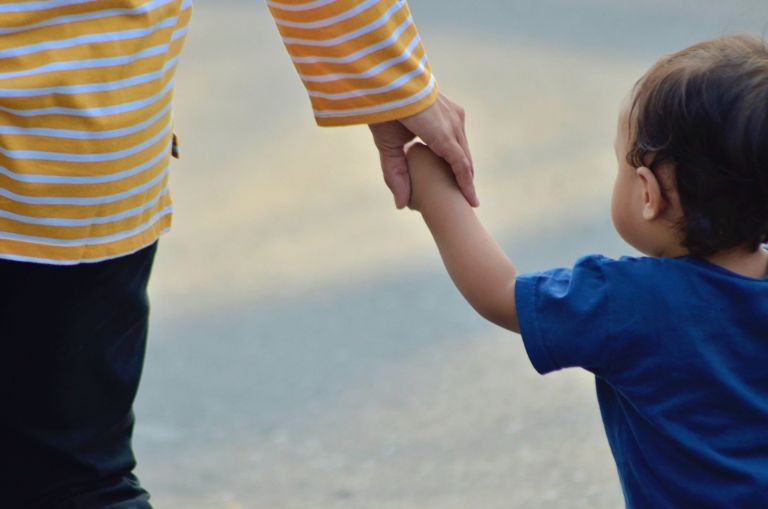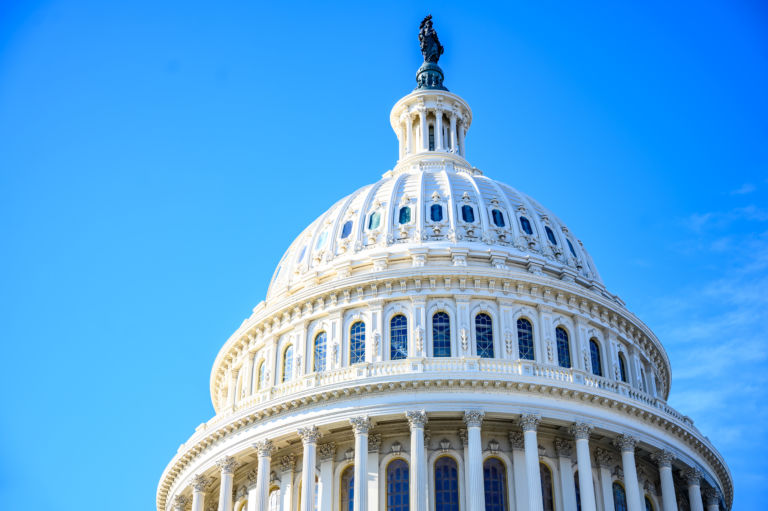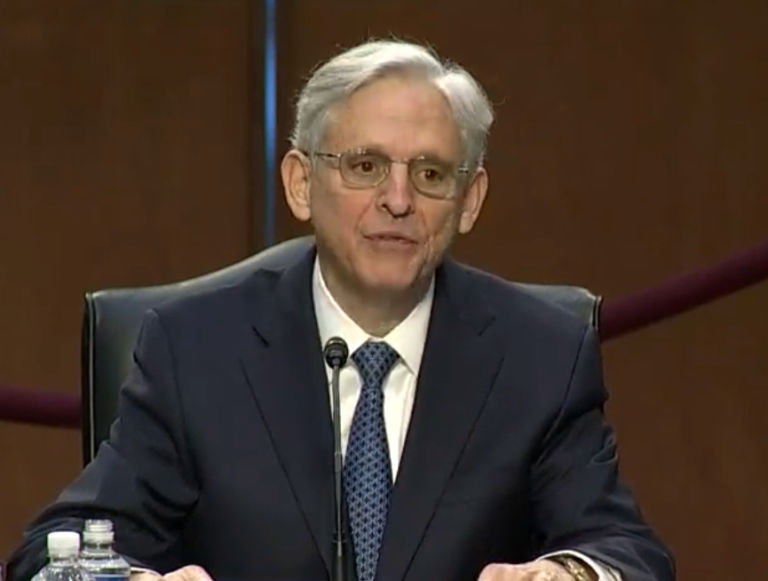This week, JLF’s Dr. Terry Stoops published a research brief examining how much American households will spend on back-to-school shopping this year. Dr. Stoops writes:
According to the annual National Retail Federation (NRF) survey, families with elementary, middle, and high school children will spend $26.2 billion or an average of $696.70 per household out of their own pockets to ready their kiddos for the upcoming school year.
 What will they be spending that money on? Stoops explains:
What will they be spending that money on? Stoops explains:
The NRF estimates that, on average, households will spend over $117 on standard classroom supplies, nearly $136 on shoes, over $200 on computers and electronics, and nearly $240 on clothing. Deloitte’s 2019 back-to-school shopping survey found that nearly all families with school-age children plan to purchase clothing, accessories, and school supplies for the upcoming school year. Only around one in five families plan to purchase electronic gadgets or computers.
Back-to-school shopping is an American tradition. According to Stoops:
Late nineteenth-century newspapers included lists of required books for students to purchase before the start of a new school term. As schools began to purchase books for students, the lists shifted their focus to school supplies.
Starting in the 1940s, back-to-school shopping became a regular practice for American families and big business for retailers, including businesses in North Carolina. Retailers like Rose’s would publish annual school supply shopping lists in various North Carolina newspapers (see image).
Stoops explains, while back-to-school shopping was originally intended to exclusively include purchases for one’s own child, that began to change in the late 20th century:
[I]n the late 1980s, …school districts began distributing supply lists that included items that would be used by the individual and the collective. By asking parents to buy items they may not otherwise purchase, school supply lists expanded, and retailers welcomed the change.
Stoops quotes a 2006 Associated Press article from a shocked parent:
Isabel Sousa of Apex cruised the aisles of a Target store clutching school supply lists for her three children. She shook her head as she crossed off items she didn’t think should be there. Paper plates. Ziploc bags. Kleenex. Baby wipes. Copy paper. Band-Aids. “I was puzzled by the paper plates” Sousa said, “but it was the copy paper that got me. Shouldn’t the school pay for that?”
While the school supply list in the Associated Press article was voluntary, not all back-to-school shopping lists provided by schools are. Many require something like a binder over a notebook – even when the latter may be cheaper and/or more accessible. Stoops writes:
In recent years, parental contributions generate concerns about equity. Children who attend schools with wealthier classmates will have access to more (and presumably better) supplies and materials than children who attend schools with disadvantaged peers.
…Of course, we should always ask what this means for student achievement. It is difficult to say. Despite millions spent on supplies and materials, it is a fraction of total education spending. And even the most well-supplied teacher will falter if they lack the knowledge and skills required to be successful in the classroom.
Read the full article here. Learn more about Education in North Carolina here.


